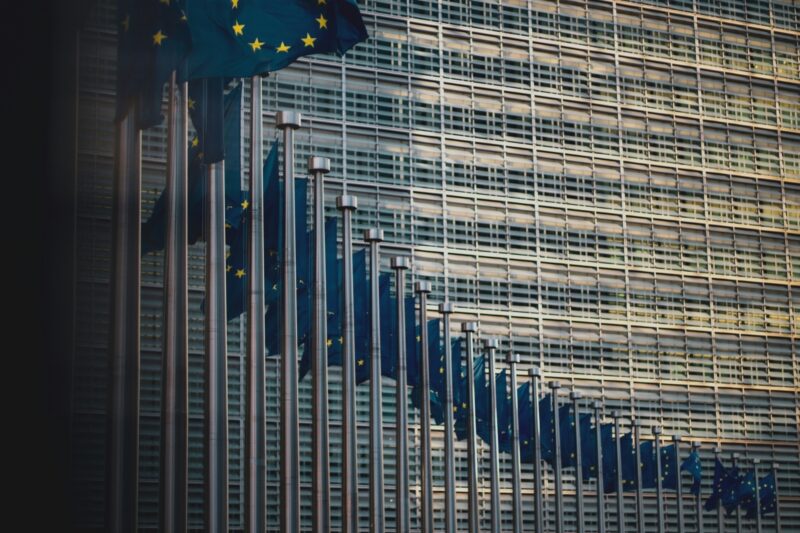Like Paris? Do more to show it!
Bill Hare, Marcia Rocha & Fabio Sferra, and Oras Tynkkynen and Mari Pantsar from Sitra
Share

In Paris the world agreed to hold global warming well below 2 °C – and even pursue efforts to limit it to just 1.5 °C. A recent Climate Analytics study looked at what this means for the European Union.
The report, commissioned by the Finnish Innovation Fund Sitra, is among the very first to analyse the implications of the Paris Agreement for specific regions. The study uses two approaches.
The equity approach applies criteria such as historic responsibility to determine a fair share of global emission reductions. The least cost approach assigns emission reductions between regions so that global costs are minimised.
The results are sobering. Countries need to do much more to be in line with the Paris Agreement.
According to the least cost approach, the EU would have to cut emissions by around 50% by 2030 and 90% by 2050, compared with 1990 levels. Currently the Union has emission targets of -40% by 2030 and -80-95% by 2050. Taking equity into account, the EU would need to go even further. A fair share would be a reduction of about 75% by 2030 and 160% by 2050.
Yes, you read it right. Over time Europe would actually need to reach negative emissions. Is that even possible?
There are essentially two ways for countries to cut emissions below zero. First, wealthy countries can finance emission reductions elsewhere. The report calculates that the fair financing share for the EU could be around 0.6% of GDP in 2030 and 2% in 2050. Second, countries can suck back carbon from the atmosphere. Increasing natural carbon sinks in forests and land is one attractive solution. Burning biomass to produce energy and capturing the emissions may be another promising option, although there are risks related to the technology.
The transition to zero emissions and below is not going to be easy. However, it pays to start early and move quickly. The sooner we reach low-carbon pathways, the more manageable will the emission cuts be in the future – and cheaper.
There is another benefit to moving fast. If we manage to cut emissions early, we need to rely less on negative emission technologies, with associated risks and sustainability concerns.
The Paris Agreement makes it clear: we need to peak global emissions as soon as possible and begin a transition towards zero – and below. There are already hopeful signs with carbon emissions from energy flattening off the last few years.
Historically, Europe has led on climate action, but the continent has lost some of its drive. The Paris Agreement provides a major opportunity for the EU to reinvigorate itself and reap the benefits of low-carbon solutions. While the study only looked at the EU, it is safe to say that the message would be broadly the same for other industrialised countries like the United States, Australia and Japan.
After Paris, world leaders were proud and happy – and rightly so. To honour the historic achievement, they now need to update emission targets to match the vision.
This article was first published by The Huffington Post on 8 July 2016












